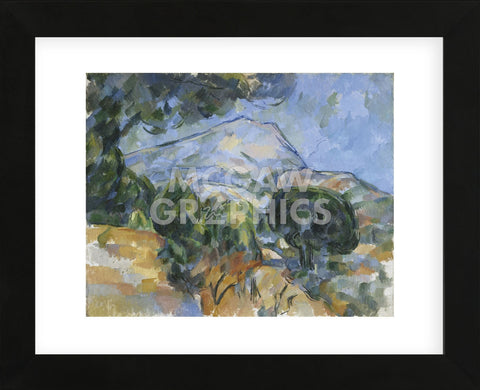Product Detail
- Overall: 16" H x 13" W x 0.75" D
- Overall Product Weight: 2.5lb.
- Material: Glass
- High-quality print on heavy paper
- Printed with vibrant, color-fast inks
- Framed in a contemporary style molding; available in black, gold, and white
- Sawtooth hanger
- Unmatted
Image is Copyrighted and Property of its respective owner
Product Detail
- Overall: 13" H x 16" W x 0.75" D
- Overall Product Weight: 2.5lb.
- Material: Glass
- High quality print on heavy paper
- Printed with vibrant, color-fast inks
- Framed in a contemporary style molding; available in black, white, and gold
- Sawtooth hanger
- Unmatted
About the Artist
Regarded by many as the first truly modern artist, Paul Cezanne transformed the ideals of 19th century painting and influenced the aesthetic development of many 20th century artists and art movements, especially Cubism.
Born in Aix-en-Provence to wealthy parents, he befriended the novelist Emile Zola as a schoolboy. In 1861, against the wishes of his father, he followed Zola to Paris to become a painter and met Camille Pissarro and others of the Impressionist group. He remained an outsider to their circle because his earliest works, which exhibition committees consistently rejected, were Expressionistic. In the early 1870s he experimented with Impressionism, then later delved into Classicism, with more balanced and formal compositions. Toward the end of his life he was at his most daring, reducing architecture and figures to geometric forms and paving the way for Cubism.
Cezanne was an artist's artist, and his restrained pictures are impersonal and remote - much like his personality. His art, misunderstood and discredited by the public during most of his life, eventually challenged all the conventional values of painting in the 19th century through his insistence on personal expression and on the integrity of the painting itself.





